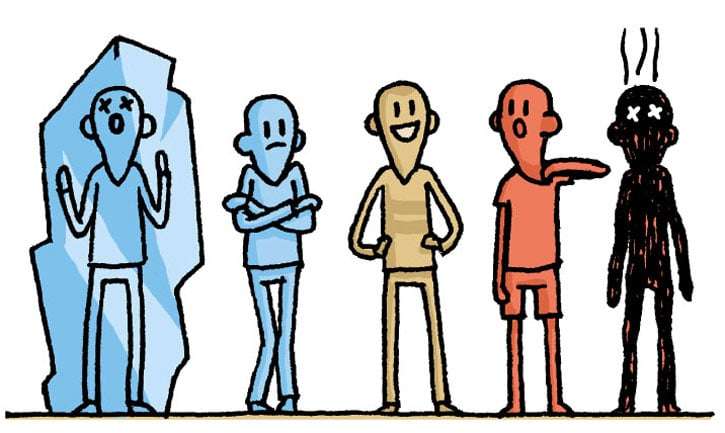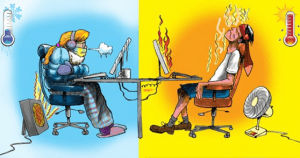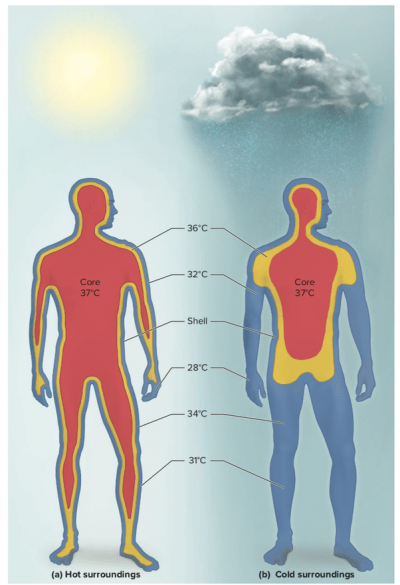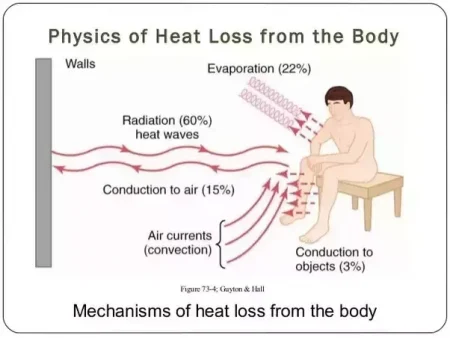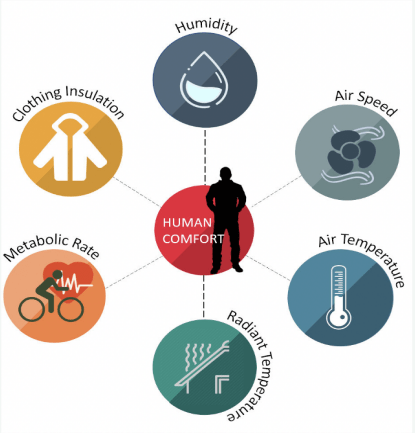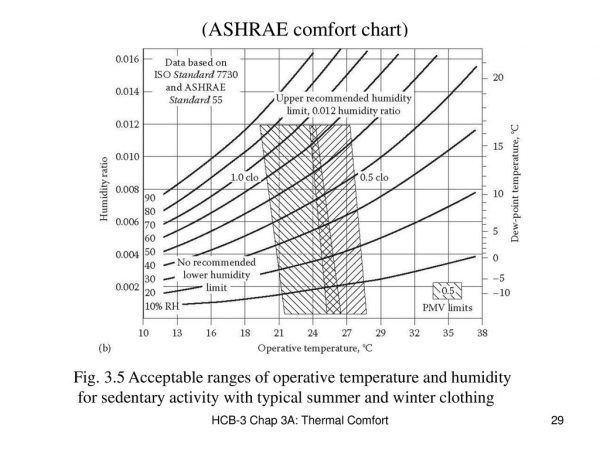Table of Contents
Understanding Human Thermal Neutrality
Maintain Stable Internal Temperature!
How do we lose heat?
It's Never One Variable But a Combination of All!
ASHRAE 55 Comfort Chart
What is Comfort and what are the main factors influencing it: Understanding Human Thermal Neutrality.
The human body is a highly complex system that has adapted to survive in a wide range of environments all with drastically different climates. These adaptations take the form of subconscious actions such as: increased/decreased blood flow, shivering, sweating, or conscious behavioral changes such as wearing certain types of clothes, being more or less active at certain times of day/seasons and determining the types of homes we build for ourselves. All these actions, whether they be subconscious or conscious occur with the goal of allowing our bodies to reach a state of balance or thermal neutrality and as a result feel comfortable.
Heat Stress Vs Cold Stress
Thermal Neutrality, also known as thermoneutrality, can be defined as: The condition in which the thermal environment of a human is such that its heat production is not increased or decreased via cold or heat stress. Now this may sound complex but once we break it down for you it’s quite straightforward.
We, as humans, need to maintain a stable internal temperature!
First, we as humans are homeotherms, which means that through our metabolic activity we maintain our internal environments at a stable internal temperature, usually around 37-38C core temperature and 31-31C skin temperature.
Body temperatures in hot/cold environments
However, to maintain these temperatures, we need to either expel excess heat from our bodies in hot environments or reduce heat loss in cold environments. This is because core temperatures either exceeding 39C or falling below 34C can have very significant effects on our health.
How do we lose heat?
The four methods of heat loss.
The Human Body generally gives off heat via the following four methods:
- Convection, accounting for 15% of heat transfer,
- Conduction to objects, accounting for 3%,
- Evaporation, accounting for on average 22%
- Radiation, accounting for 60% of heat transfer
What impacts how fast and how much heat we lose?
However, there are also six factors that influence the rate or total amount of heat transfer that can take place by any of these four methods at any given time.
The 6 Variables of Comfort.
- Humidity: At higher levels of humidity less evaporation can take place, while at lower levels our noses, throats, and skin dries out causing discomfort. The ideal humidity level is in the 40-60% range.
- Air Speed: The faster the air moves past the human body the more heat is lost via convection/conduction creating a “colder” environment. This is why wind chill can effectively drop the temperature by many degrees.
- Air temperature: At high air temperatures (27C+) the body must actively react to release excess heat, whereas at lower temperatures(18C and lower) the body must actively react to minimize heat loss.
- Radiant Temperature: Similar but arguably more important than air temperature, at higher radiant temperatures the body must actively react to dissipate excess heat whereas at lower radiant temperatures the body must actively work to minimize heat loss.
- Metabolic Rate: Higher metabolic rates lead to more energy production which in turn leads to more heat generation resulting in the need for more heat dissipation in warm environments or less heat conservation in cold environments.
- Clothing Insulation: The amount and type of clothing one wears affects the amount of heat given off by any of the four modes of heat transfer due to clothing’s insulating effect. The level of insulation clothing provides is generally measured via the use of CLO values, with a higher value indicating more insulation and a lower value indicating less.
It is never one variable but instead a combination of all together!
These six influencing factors determine in what environments we are comfortable or put another way in what conditions our bodies are in Thermal Neutrality. Now, since there is so much variation in climates (temperature, humidity, sunshine, etc…) and interpersonal situations (Age, metabolic activity, clothing habits etc.) it is more practical to view thermal neutrality as a zone where one generally feels comfortable.
ASHRAE 55 Comfort Chart
(ASHRAE comfort chart) Fig. 3.5 Acceptable ranges of operative temperature and humidity. for sedentary activity with typical summer and winter clothing. HCB-3 Chap 3A: Thermal Comfort.
The ASHRAE comfort chart shows the area in which most people achieve their respective thermal comfort zones according to PMV modeling. The left most zone is representative of wearing clothes for winter (1.0clo) whereas the right most zone represents summer clothing(.5clo). Operative temperature is derived from the air temperature, radiant temperature, and air velocity. Lastly, relative humidity is also taken into consideration. What it provides us is a dynamic zone where most people should feel comfortable allowing us to make informed decisions on how we design our spaces and interact with our surroundings to create comfortable environments.
In the future we will take an in-depth look at each individual variable, its impact on comfort, how to optimize it, and some trends/myths relating to it!

